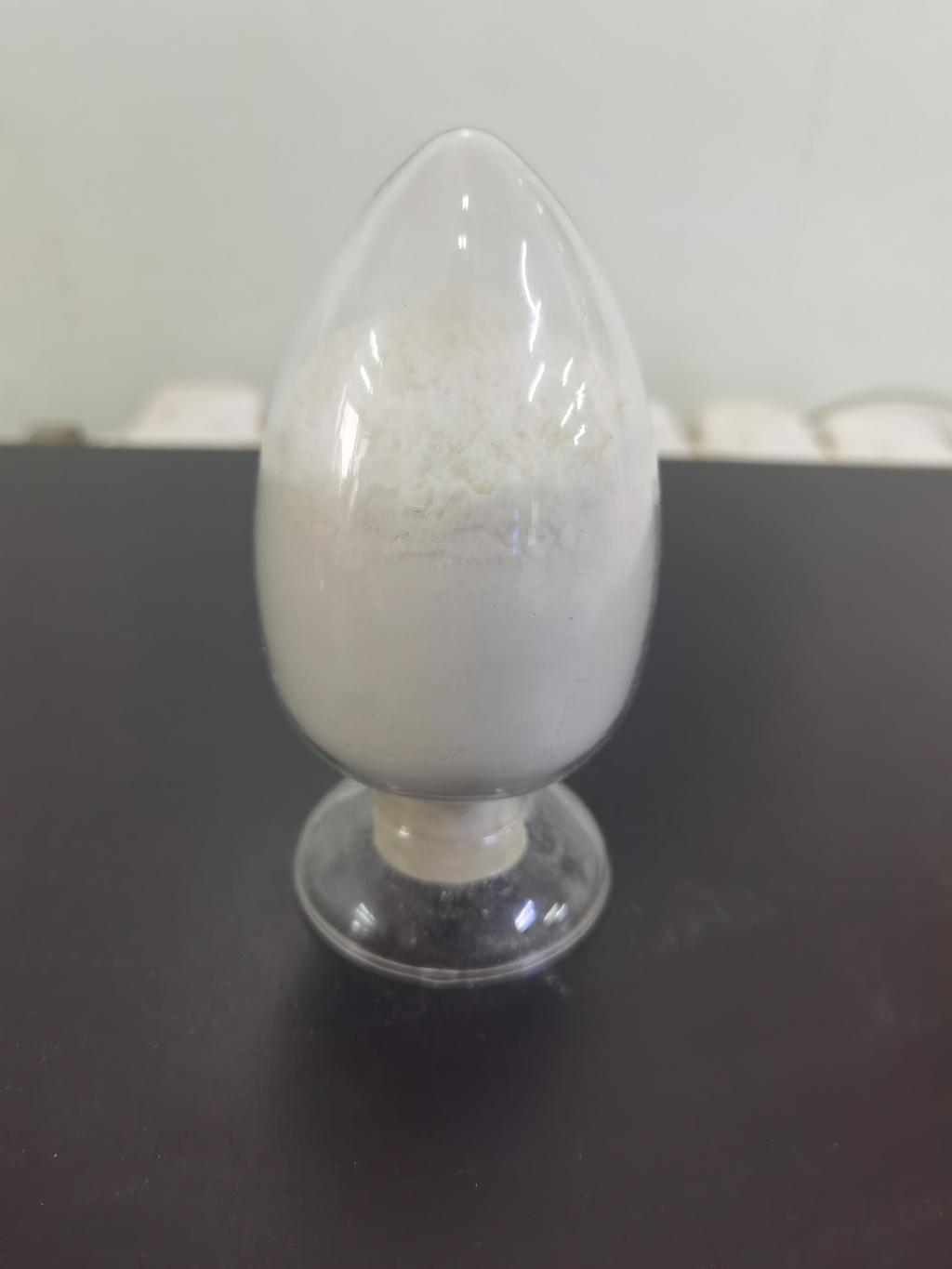Tel:+8618231198596

News
 CONTACT
CONTACT
 CONTACT
CONTACT
- Linkman:Linda Yao
- Tel: +8618231198596
- Email:linda.yao@dcpharma.cn
- Linkman:CHARLES.WANG
- Department:Overseas
- Tel: 0086 0311-85537378 0086 0311-85539701
News
Precision Livestock Farming Enhancing Animal Productivity with ε-Polylysine Hydrochloride
TIME:2024-03-13
Enhancing Growth and Performance:
One of the primary goals of livestock farming is to maximize growth and productivity while ensuring animal welfare and health. ε-Polylysine hydrochloride has been studied for its potential to promote growth and improve feed efficiency in various livestock species, including poultry, swine, and cattle. As an antimicrobial agent, ε-polylysine hydrochloride can inhibit the growth of pathogenic bacteria in the gastrointestinal tract, reducing the risk of infections and improving nutrient absorption.
Studies have shown that supplementation with ε-polylysine hydrochloride can lead to increased weight gain, improved feed conversion ratios, and enhanced overall performance in livestock. By promoting a healthier gut microbiota and reducing the prevalence of harmful bacteria, ε-polylysine hydrochloride helps animals utilize nutrients more efficiently, leading to greater growth rates and improved productivity. In PLF systems, real-time monitoring of animal growth and performance metrics can enable farmers to adjust ε-polylysine hydrochloride supplementation protocols based on individual animal needs, further optimizing growth and performance outcomes.
Preventing Disease:
Disease prevention is a critical aspect of animal health management in livestock farming. Pathogenic bacteria, viruses, and parasites can cause significant economic losses and welfare concerns for farmers. ε-Polylysine hydrochloride exhibits broad-spectrum antimicrobial activity against a wide range of pathogens, making it a valuable tool for preventing disease in livestock.
By incorporating ε-polylysine hydrochloride into feed or water supplies, farmers can reduce the risk of bacterial and fungal infections in their animals. Studies have demonstrated the efficacy of ε-polylysine hydrochloride in controlling pathogens such as Salmonella, Escherichia coli, and Clostridium perfringens in livestock. In PLF systems, continuous monitoring of animal health parameters, such as body temperature, respiratory rate, and activity levels, can provide early indications of potential disease outbreaks, allowing farmers to implement targeted interventions, including ε-polylysine hydrochloride supplementation, to prevent the spread of infection.
Improving Feed Efficiency:
Feed represents a significant expense in livestock production, accounting for a substantial portion of operating costs. Improving feed efficiency is therefore a key objective for farmers seeking to enhance profitability and sustainability. ε-Polylysine hydrochloride has been shown to improve feed efficiency by promoting a healthier gut environment and reducing the incidence of subclinical infections that can impair nutrient utilization.
By enhancing the balance of beneficial microorganisms in the gut, ε-polylysine hydrochloride helps animals extract more energy and nutrients from their feed, resulting in improved feed conversion ratios and reduced feed wastage. In PLF systems, data-driven approaches, such as feed intake monitoring and nutrient analysis, can help farmers optimize feed formulations and ε-polylysine hydrochloride supplementation protocols to maximize feed efficiency while maintaining animal health and performance.
Conclusion:
ε-Polylysine hydrochloride holds significant promise in enhancing animal productivity, health, and welfare within the Precision Livestock Farming (PLF) framework. By leveraging its antimicrobial properties, ε-polylysine hydrochloride can promote growth, prevent disease, and improve feed efficiency in various livestock species. Integration of ε-polylysine hydrochloride into PLF systems enables farmers to monitor and manage individual animal health and performance in real time, leading to more efficient and sustainable livestock production practices.
Moving forward, continued research and innovation are needed to optimize the use of ε-polylysine hydrochloride in PLF systems and ensure its efficacy and safety for livestock. Collaborative efforts between researchers, farmers, and industry stakeholders can facilitate the development of best practices and guidelines for ε-polylysine hydrochloride supplementation in different livestock production systems. By embracing ε-polylysine hydrochloride as a tool for enhancing animal productivity and welfare, farmers can contribute to the sustainability and resilience of the livestock industry.
- Tel:+8618231198596
- Whatsapp:18231198596
- Chat With Skype







